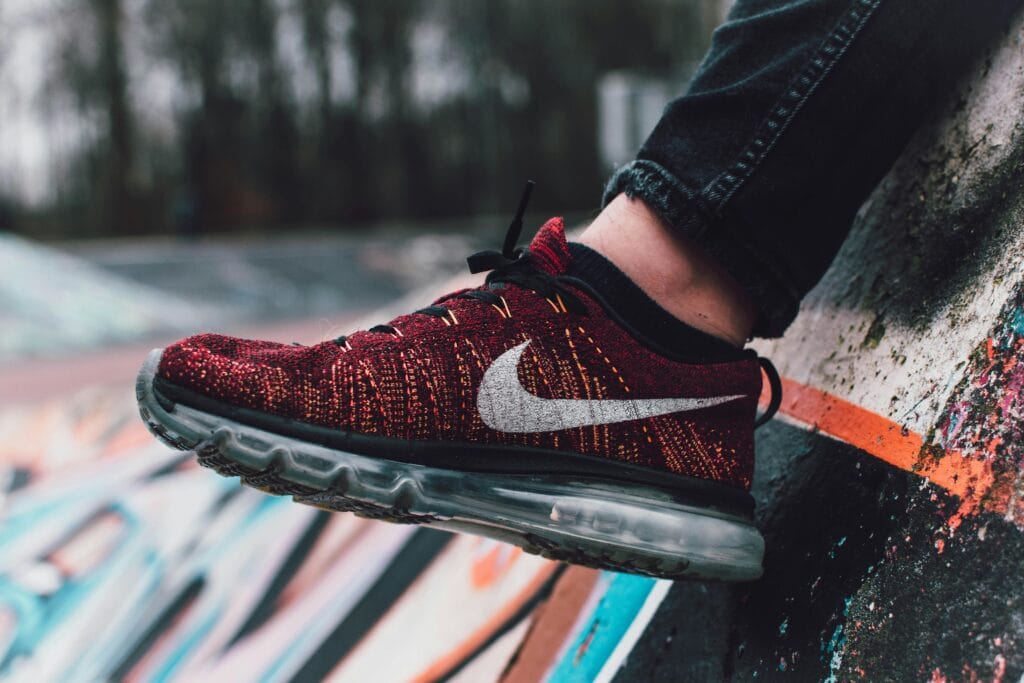Walking vs Running: Which Is Better for Your Health and Weight Loss?
“The best exercise is the one you’ll actually do.” — Dr. Edward Laskowski, Mayo Clinic
Walking vs Running: Which Is Better for Your Mental Health?
Both walking and running are great methods to keep active, but which one you choose typically depends on your health objectives, lifestyle, and what you want to do.
Walking and running both have great advantages, whether you want to feel better, keep your weight in check, or just have more energy.
In this piece, I’ll discuss the walking vs running strengths and weaknesses, share what I’ve learned from my personal experience, and help you choose what’s best for you.
🧠 The Science-Backed Benefits of Walking vs Running
Walking or running are both cardiovascular activities that make your heart and lungs stronger.
The American Heart Association says that doing aerobic activities like walking or running regularly can:
- Make our heart and circulation better
- Help keep our weight in check
- Make our immune system stronger
- Reduce the chance of getting long-term illnesses
- Make anxiety and despair less severe
Research in Health Psychology discovered that walking quickly for only 10 minutes made people feel better and more focused. Walking and running are both good for our mental health, as both lessen anxiety.
Another study, this one from JAMA Psychiatry, found that both walking and running made people’s depression symptoms far better.
🥇 Which Is Better for Overall Health?
Both are beneficial, but here’s a side-by-side breakdown:
| Factor | Walking | Running |
|---|---|---|
| Calories burned (per hour) | 210–360 | 600–1,000+ |
| Impact level | Low | High |
| Injury risk | Low | Moderate to High |
| Accessibility | Highly accessible | May require more fitness base |
| Mental health boost | Excellent | Excellent |
Conclusion: Running burns more calories and may lead to quicker weight loss, but walking is gentler on your joints and easier to stick with long-term.
🔥 Walking vs. Running for Weight Loss
Running burns up to twice as many calories as walking, so it’s a better way to lose weight. But walking is still a big part of weight control, particularly when you add things like consistency and intensity boosters:
1. Incline walking: Walking up hills or on a treadmill
2. Weighted vests: Weighted vests that weigh between 5% and 10% of your body weight
3. Interval walking: Walking at a rapid speed for a short time, then a moderate pace for a short time
4. Power walking: Power walking (up to 5 mph)
“Consistency is better than intensity.” A quick 30-minute stroll every day is better than one intense run followed by days of not doing anything.
💬 My Personal Journey: How Running Saved My Sanity — and How Walking Helped Me Heal
There was a point when just breathing seemed like too much work.
I was preparing to join the Armed Forces — waking up at 4 AM, lacing up my shoes in the dark, and forcing myself through 10 kilometers of running every single morning. Most people saw discipline. Grit. Strength.
What they didn’t see was the storm inside me.
At that time, I was at my lowest point. I was in severe depression because of failed relationships, job rejections, and a strong feeling of not being good enough. Anxiety had a hold on me. I was unable to sleep. I couldn’t feel happy. I wasn’t simply jogging to stay in shape; I was running away from my mind.
Back then, running was my escape. The sound in my brain was only tolerable while I was walking on the pavement. It helped get rid of the tension, panic, and adrenaline. That daily
I was preparing for the army — waking up at 4 AM, lacing up my shoes in the dark, and forcing myself through 10 kilometers of running every single morning. Most people saw discipline. Grit. Strength.
What they didn’t see was the storm inside me.
was the only time I didn’t feel completely devastated.
But as time went on, things started to change.
The toll of running all the time on both the mind and body began to show. My joints hurt. I was always tired. I started to wonder whether this was really mending or simply another way to punish me.
That’s when I learned how powerful it is to walk.
I didn’t believe it at first. It seemed too leisurely and mild to be of any use. But I was incorrect. I walked on days when my body couldn’t handle another run. I took my time. I took a breath. And during those long, silent walks, I began to reconnect with myself, not as a machine looking for strength, but as a person looking for calm.
Walking didn’t just restore my body. It helped restore my spirit.
“Sometimes the most productive thing you can do is slow down.”
— Mark Black
I discovered that both walking and running are good for your mental and physical wellness. When I was coming apart, running offered me focus, structure, and strength. When I needed to rebuild, walking provided me presence, thought, and repair.
Running helped me survive. Walking helped me heal.
Don’t underestimate how powerful exercise can be if you’re having a hard time, whether it’s psychologically, emotionally, or physically. Whether it’s a sprint or a stroll, moving your body can move your mind in the right direction.
And if nothing else, just breathe. Slowly. Deeply. Intentionally.
Because, as I learned in those darkest days:
As long as you’re breathing, you’re healing.
Read my blog post on – Fitness and Mental Health: 7 Powerful Ways Exercise Transforms Your Mind and Body
⚖️ Benefits vs. Risks: Walking vs Running
✅The Pros of Running:
More calories burned
Increases VO2 max (aerobic capacity)
Increases the strength of leg muscles
⚠️ Running Drawbacks:
Higher chance of getting hurt (shin splints, plantar fasciitis, stress fractures)
Needs more time to heal
Not good for everyone who works out
✅ Pros of Walking:
Easy to get there and good for the environment
Less stress on joints
Increases energy and lowers stress
⚠️ Walking Problems:
Needs more time to burn the same number of calories
It could be too simple for those who are already fit
🎯 Summary: What's Right for You?
If You’re:
Just starting out → If you’re just starting, try walking first. Before you try running, make sure you are consistent.
Trying to lose weight fast → Want to lose weight quickly? Add running or power walking with breaks.
Recovering from injury or older → If you’re older or recovering from an injury, walking is safer and simpler to keep up with.
Short on time → Running could be a better option.
Remember, there’s no shame in walking or running—it’s still strong, effective, and greatly underappreciated.
🙋♂️ FAQs: Walking vs. Running
❓Is walking just as good as running for heart health?
Yes. Walking and running are both good for your heart health. The most important thing is how hard you work out. For example, brisk walking may be just as good for your heart as moderate jogging.
❓Can I lose belly fat by walking?
Yes. Regular walking, especially with dietary changes and added intensity (like incline or intervals), can help reduce belly fat over time.
❓Is running bad for my knees?
Not by nature. But incorrect form, inappropriate shoes, or too much exercise may cause injury. Walking is significantly easier on the joints and is great for folks who have knee problems.
❓What burns more calories: running or walking?
Running burns almost twice as many calories per minute as walking does. But walking longer distances or carrying more weight might help make things more even.
❓How much cardio should I do each week?
The CDC says you should get at least 150 minutes of moderate-intensity exercise (like brisk walking) or 75 minutes of strenuous activity (like running) per week.
❓Can walking improve mental health?
Yes. Studies demonstrate that even short walks of only 10 minutes may help with anxiety, mood, and energy levels.
📝 Final Thoughts
Whether you prefer to walk, run, or a mix of both, what counts most is consistency.
Both activities are very good for your body, mind, and emotional health. Find something that works for you and stay with it.
“You don’t have to go fast. You just have to go.” – Unknown


